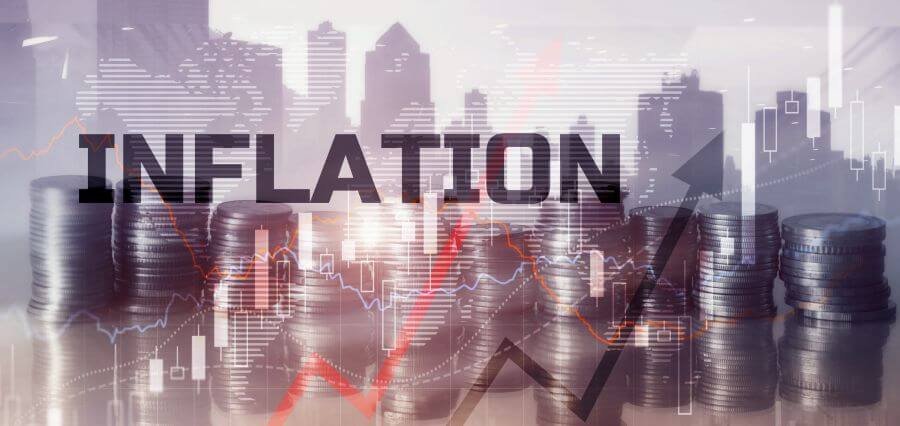Prime Highlights:
January CPI is expected to show a 0.3% monthly increase, with a 2.9% annual inflation rate, indicating inflation remains above the Federal Reserve’s target.
Excluding food and energy, core CPI is forecasted to rise 0.3% monthly and 3.1% annually, reflecting minimal change from December.
Key Background:
The January Consumer Price Index (CPI) report, expected to be released on Wednesday, is anticipated to confirm that inflation remains a persistent issue for the U.S. economy. The forecast suggests a monthly increase of 0.3% for the all-items index, with an annual inflation rate of 2.9%. The core CPI, excluding volatile food and energy prices, is expected to rise by 0.3% monthly and 3.1% year-over-year, showing minimal improvement from December’s figures.
Inflation has consistently exceeded the Federal Reserve’s target, and despite a strong labor market and overall economic stability, the path forward remains uncertain. Bank of America economist Stephen Juneau highlighted that if the January CPI aligns with predictions, the Fed may be compelled to maintain its current policy stance for the foreseeable future. With inflationary pressures holding above target and no immediate signs of a slowdown in the labor market, rate cuts are unlikely in the near term. Traders, however, anticipate a possible quarter-point reduction in rates by July.
The CPI report’s details will likely reveal price increases in key areas such as auto prices, insurance, and communications services, which are expected to counterbalance the moderate downward pressures in categories like airfares and housing costs. Notably, rent-related costs, which account for a significant portion of the CPI, continue to contribute to the persistent inflation rate, complicating efforts to bring it down to the Fed’s 2% target.
Compounding the situation are potential inflationary effects from the tariffs imposed during the Trump administration. Economists from Goldman Sachs warn that escalating tariffs could act as an inflationary counterweight, even as disinflationary trends emerge in sectors like automobiles, housing, and labor markets.
Amidst these mixed signals, Federal Reserve officials, including Chair Jerome Powell, have indicated that they are in no rush to cut rates. Cleveland Fed President Beth Hammack echoed this sentiment, noting the enduring inflationary pressures, particularly from tariffs, as a key reason for maintaining the current policy stance. With inflation remaining above target, the Fed’s approach will likely continue to focus on carefully navigating these economic challenges.



















